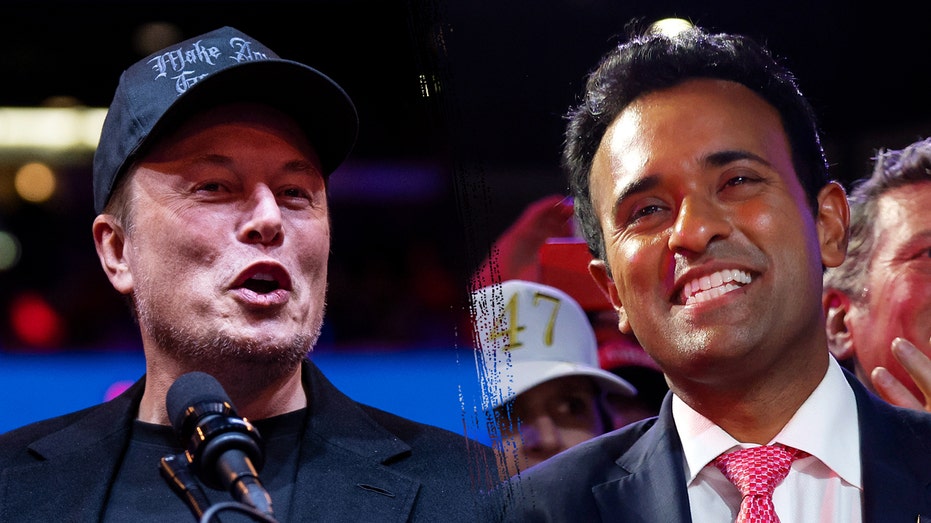
There can be no denial, no thinking twice about the fact that we stand too close to disaster and ultimate doom. This situation, like everything that preceded it, is of our own making. While Frankenstein gave birth to a monster, we in fact has spawned a hydra.
Because “we” here means collective humanity, which effectively reduces individual and unique grievances of countries to a faint echo, the focus shall be on a hydra that pines for our collective death. Like the movies and mythology, this hydra too has multiple heads—in our case, there are three. The first: climate crisis, as real as the air we breathe in.
While much has been written about how it is the developing world that faces the brunt of the crisis at the behest of the real contributors (the developed), one is still forced to look on to them and their policies to consider whether the crisis can be averted. CBCare mobile app and portal launched to enhance digital access to civic services in Cantonment areas And the looks do not augur well. With the arrival of Donald Trump, notorious for his opposition to climate initiatives, the crisis feels severe, immediate, and unforgiving.
In many parts of the world, we see devastating floods, hurricanes, wildfires, and heatwaves, causing extensive damage and displacement of millions of people each year. The National Oceanic and Atmospheric Administration (NOAA) has monitored and declared that the sea levels are rising at a disturbing rate, and coastal areas such as Miami and Mumbai are at risk of being submerged. While the loss of life may seem insignificant to some, the crisis has also hurt where it matters the most.
The world has lost over $200 billion in spending to climate-related disasters till date. A report by “The Intergovernmental Panel on Climate Change (IPCC)” states that if global temperatures rise beyond 1.5 degrees Celsius above pre-industrial levels, we risk crossing irreversible tipping points.
Unfortunately, the current trends reflect that this critical threshold will be breached within the next decade, and a large part of the world will become uninhabitable. TMB/Easypaisa receives $10m investment, unveils impressive results for Q3 With evident signals of direct attacks, there are also facts evidencing slow and delayed blows to collective life. NASA has warned that critical crops like wheat and maize could see yields drop by 20%-30% by 2050 due to rising temperatures and unpredictable weather.
This could deepen hunger in struggling regions, and humanity will witness mass displacement and conflicts over resources. The unforgiving revenge of mother nature can, therefore, be put simply in the following words: we die if we do not act. Slaying this head of the hydra requires just one element—discipline, at all levels.
From the individual, it demands a commitment to reducing waste and supporting eco-friendly policies. From our nations, and Donald Trump, it requires seriousness to be manifested in taking concrete agreements like the Paris Accord seriously, prioritizing investment in renewable energy resources and shifting away from fossil fuels. IT firms at risk of losses, closure due to VPN blockage, internet slowdown The easier these measures look, the harder it has been to put them into practice.
On ease and unease, we address the hydra’s second head: the risk of nuclear war. And trust us, nukes that were originally kept and developed to ease tension are subject to the very same tension and unease today. With the global world alarmingly polarized emotions dictate policies.
Noam Chomsky, vocal linguist, and political activist, in an interview with journalist Piers Morgan stated, “We are now facing questions that have never arisen in human history. They will have to be answered soon or else we are essentially finished. One is the threat of nuclear war.
” To return to the obvious—Mr. Trump; while his return to power is thought to harken an era of reduced wars across the globe, his own home may prove to be the anomaly. Making America great again will require making America strong again and making America undefeatable again—in economy and otherwise.
RUDA participates in COP 29 So, we get to the biggest rival, China. Trump’s hinted policy champions import tariffs on China which is one of the biggest contributors in the US domestic market. And the restlessness isn’t there in economy alone.
The geopolitical struggles in Taiwan and South China sea are also evident. When will all of this reach a boiling point? We can not say for certain. What we can say, however, is that if it gets to it, both sides are equally prepared.
United States is encircling China with a network of alliances and military bases in counter-strategic locations such as Guam and Japan while China is rapidly building its military power, including hypersonic missiles that can bypass defences. The potency is only growing, making the risk of a nuclear conflict more real. So what do we need? A realistic approach marked by proper diplomatic dialogue that involves establishing direct communication channels between nuclear-armed states to prevent misunderstandings, strengthen international bodies, and renew nuclear disarmament initiatives.
Civic society must also hold its elected leaders accountable and advocate for peace both regionally and globally. Pak IT companies showcase software expertise at China high-tech fair Now, the last head: artificial intelligence (AI), which is increasingly being seen as an evil in disguise. It poses existential threats that are beyond human imagination.
Stephen Hawking, the most imaginative of us all famously warned that the development of full artificial intelligence could spell the end of human race. Geoffrey Hinton, known as the “Godfather of AI,” made headlines when he quit his job due to his deep regrets over his contributions to the field. He raised alarms about AI’s potential to disrupt job markets and the “existential risk” posed by developing true digital intelligence.
The weaponization of AI, through integration into military systems like autonomous drones and missile guidance is bound to further increase global tensions and existing threats. And like everything human, AI also destroys the environment. A recent study by researchers from the University of California reveals shocking findings about AI’s environmental impacts.
It is alarming to discover that large models like ChatGPT rely heavily on energy and water. The environmental cost of training these models is already equivalent to the annual usage of an entire country. It is predicted that by 2027, AI’s water consumption will match New Zealand’s.
With both water and electricity limited for humans themselves, feeding AI the same is an exercise in lavish intrigue that we can not bear. But the solution does not lie in shunning AI or anything similar, a habit that Pakistani government has championed. The solution lies in regulation and moderation to ensure that AI is integrated into society piece meal and not overfed.
Like nuclear treaties, nations must collaborate on AI guidelines and unlike nuclear weapons, those guidelines must actually be adhered to in order to prevent a new rat race. It has been said that cutting a single head of the hydra is insufficient in bringing about its demise. Like there, here, the problems that we face do not work in isolation; they are enmeshed, and like the hydra heads they spring from the same source.
What is required today is a strike at the source and its cauterization, and for that this piece may not lay down every step that can be taken. It can, however, signify the importance of one thing that has helped us evade and inch back from disaster through out history—a will to act. And act, we must, because the stakes have never been so high, and time is running out.
Zawar Hussain & Ali Hassan The writers are law students at LUMS. Tags: hydra heads.














